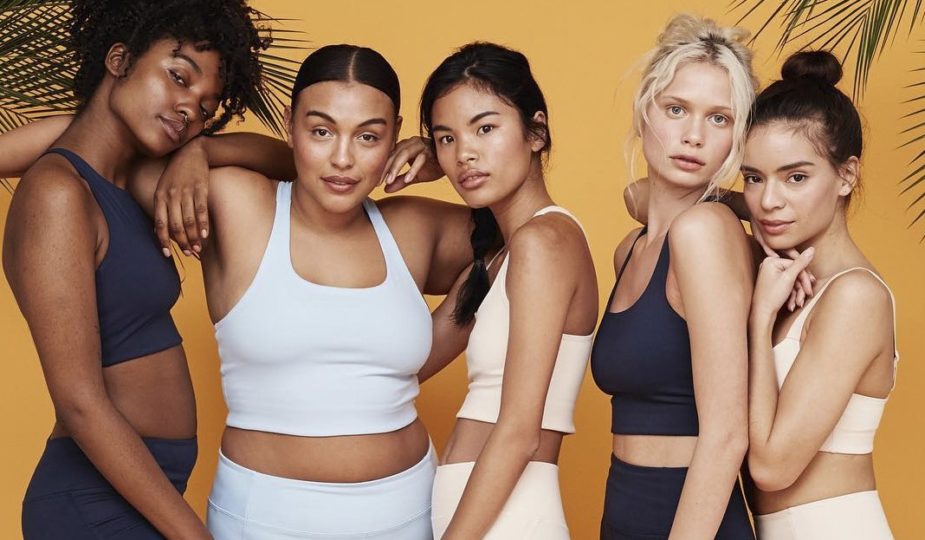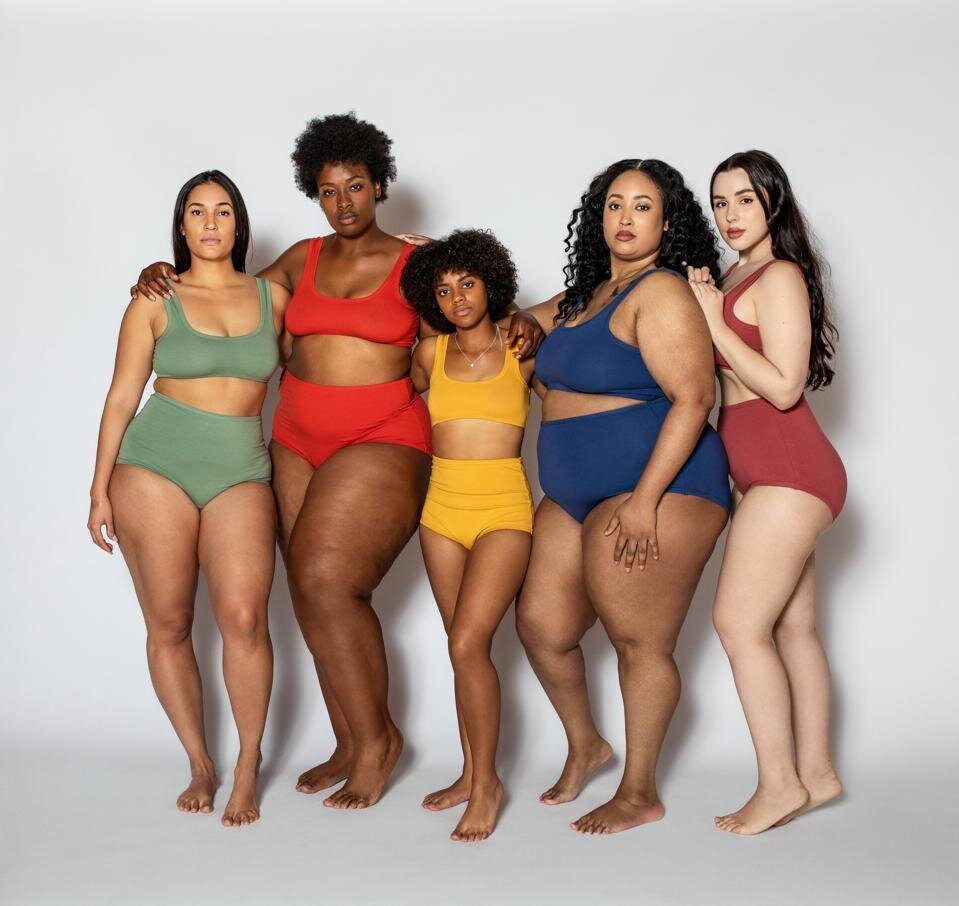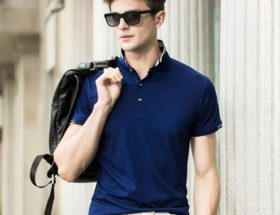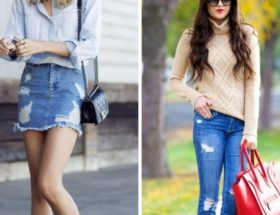
The Importance of Body Positivity in Fashion
The fashion industry has always had a toxic take on body image for both men and women. We’ve been fed the narrative that there is only one acceptable shape to be whilst also being sold altered images. But the tide is finally turning.
The body positivity movement is fighting back against the ‘ideal’ body and instead, focusing on accepting ourselves as we are. There are now loads of influencers whose focus is body positivity and it’s being talked about a lot more freely.
We’re moving further away from influencers dealing in the tummy tea fads and into more realistic body image ideals. Seeing as the average size for a woman in the US is a 16, it’s about time.
Despite the lack of diversity in sizing in mainstream stores, there are brands that carry a range of sizes so you can always look your best.
Body Positivity on Social Media
We’ve seen an increase in the demand for authenticity on social media. The rise TikTok might have something to do with this. The selling point of TikTok is that people display their lives as they are (most of the time) as opposed to the manicured images on Instagram.
However, this doesn’t mean that the fight for body positivity has been won. Even though we’ve seen the fall of the super thin 90’s supermodel, we have unrealistic beauty standards of a different kind. There’s now a desire for a Kardashian-esque body which has normalized surgeries such as BBLs.
But the body positivity movement is trying to counteract this – and not just for women.
Although there has been an increase in appreciation for the dad bod, men’s bodies are scrutinized just as severely. And despite this increase in popularity, there’s still a lack of real male bodies in mainstream media. It wasn’t until the Savage x Fenty shows that we’ve seen different male body shapes on the runway.
Thankfully, there are just as many body positive male influencers as there are women taking on the fight.

Body Positivity in the Fashion Industry
A handful of designers have included more body shapes on the runway, but we’ve yet to see it become the norm. Chloe is an example of this having cast models such as Paloma Elsesser and Devyn Garcia in their recent shows. These women prove that it’s the clothes that need to adapt to women’s bodies rather than the other way around.
Then there are designers who have been using inclusive sizes in their shows for years. For example, Rick Owens cast models of all sizes and races in his Spring/Summer 2014 collection. But we need more brands to get on board to make this the norm.
Savage x Fenty has been a leader in inclusivity, especially in the lingerie industry. Rhianna makes sure to cast models such as Alva Claire in her shows to showcase her lingerie on all body shapes. She even cast two pregnant models which challenged our ideas of pregnancy and what it should look like.
It’s not just on the stage that matters, behind the scenes needs to be just as inclusive. Thankfully, Rhianna considered this already and hired Parris Goebel, who is of Samoan, Chinese and Scottish descent, as the choreographer for each of the shows.
Language Around Body Positivity
Language around body positivity has to change too. Lizzo is happy to be called ‘fat’ and thinks we should be ridding the word of its negative connotations. And she has a point – how can we call ourselves inclusive if we’re excluding words because of their increasingly irrelevant definitions?
The end goal would be to turn body positivity into being body normative as that’s what it is – normal. It’s completely normal for humans to have different bodies and that’s our experience in reality. Why would that change when it comes to fashion?
There’s still a way to go when it comes to body positivity, but the trajectory is looking more optimistic by the day. With the number of size-inclusive brands on the rise, it won’t be long until we reach a more body positive world.









